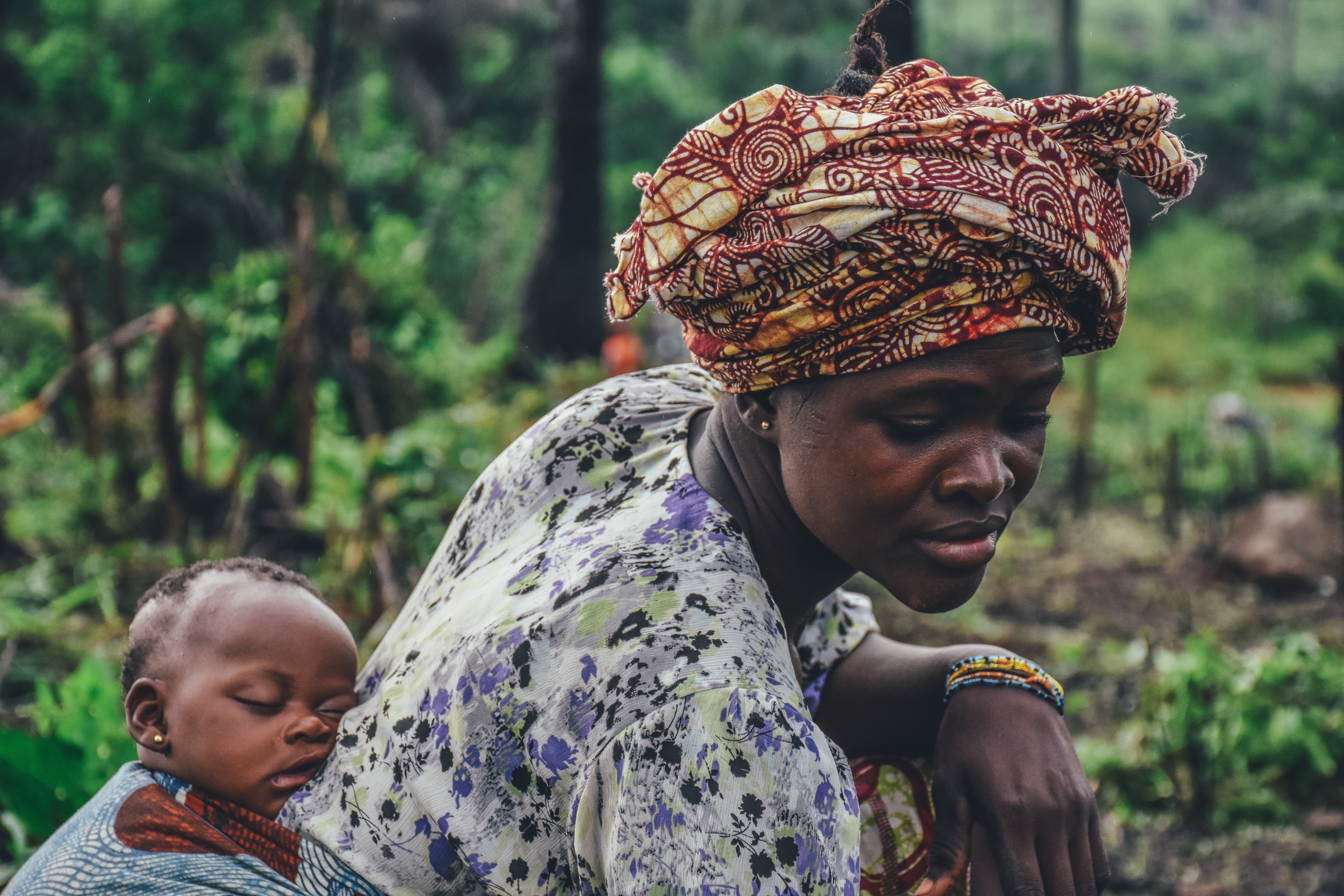Farmers and Food Security in Africa
 Food security in Africa is a serious issue caused by many different factors. Poverty is certainly a pressing one, but factors like extreme weather, disease outbreaks, political or market instability and conflict also have significant impacts. Often, these things play off of each other — yet poverty is nearly always a central figure. The global poor are significantly more likely to lose secure access to food in the face of other coinciding circumstances. That is why there are a number of initiatives that respond to food crises in impoverished places.
Food security in Africa is a serious issue caused by many different factors. Poverty is certainly a pressing one, but factors like extreme weather, disease outbreaks, political or market instability and conflict also have significant impacts. Often, these things play off of each other — yet poverty is nearly always a central figure. The global poor are significantly more likely to lose secure access to food in the face of other coinciding circumstances. That is why there are a number of initiatives that respond to food crises in impoverished places.
Agriculture Food Insecurity and Africa
In Africa, drought spreads across much of the continent, COVID-19 continuously threatens the economies of many countries and 281 million people are food insecure. In fact, 55 million African children under the age of five are considered severely malnourished. Yet, agricultural development to foster food security is consistently a small portion of national investments, as 48 out of 54 African governments spend only about 3.8% of their budgets on agriculture. Without access to nutritious food to eat every day, many Africans are looking for ways to make the agricultural systems more efficient and resilient. In a 2022 Food and Agriculture Organization (FAO) conference, representatives from more than 50 African countries came together to discuss regional agricultural systems and how they might be improved. Ultimately, it was decided that there are a number of factors that play into the development of agriculture in Africa — such as digitalization, education, infrastructure and financing. Agricultural development, through whatever form it takes, must be a priority in the future if food insecurity can ever be eradicated.
The CAADP
A number of programs support this move toward continent-wide food security in Africa. The Comprehensive African Agricultural Development Programme (CAADP) is one initiative that looks to reduce poverty and foster food security in Africa through agricultural development. It is a continent-wide program led by a number of African countries. It has four primary goals: Sustainably manage land and water control systems, improve rural infrastructure and trade, increase food supply and improve agricultural development. Participating governments allocate around 10% — or more — of national budgets to agricultural and rural development. As a result, they have achieved agricultural growth rates of 6% per annum.
The FSRP
The Food Systems Resilience Program for Eastern and Southern Africa (FSRP) is an impressive new project to increase food security in Africa. As of 2022, the World Bank Group approved $2.3 billion of funding to make it possible. With a focus on food crisis response strategies, the FSRP works to strengthen warning systems, increase emergency support, supply food reserves and create trade measures. It also increases the resilience of food systems — meaning they rely on the production of farming to provide for food-insecure places. This is done through the support of agricultural programs such as the Centre for Coordination of Agricultural Research and Development for Southern Africa (CCARDESA). Thus, the FSRP can strengthen agricultural resilience and allow people to sustainably live and eat.
Beyond Food Security in Africa
Agricultural development surely combats food insecurity, but its positive impacts go beyond that. Agriculture is the backbone of many African economies — crops, livestock, fisheries and more provide 80% of the population with jobs, contribute 43% to the continent’s GDP and account for 70% of export earnings. Thus, initiatives such as the FSRP are more than just food-based programs. They fight poverty itself.
– Char Nieberding
Photo: Unsplash
